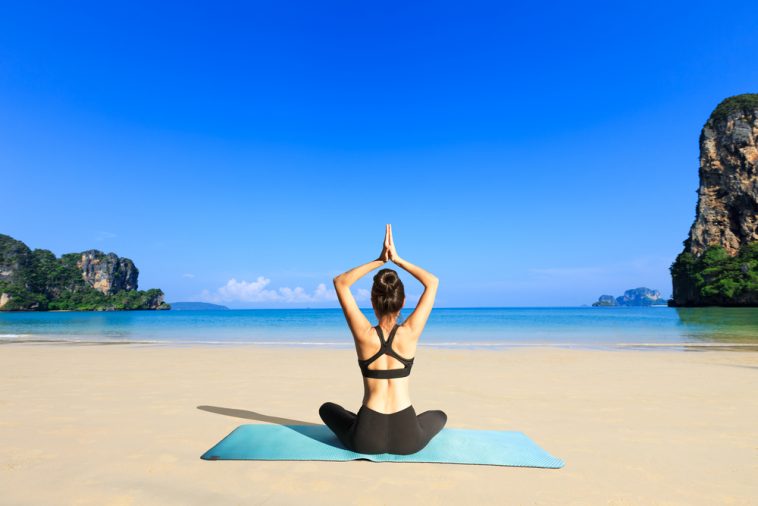In today’s modern world, keeping oneself healthy no longer just means staying fit physically. Emotional and mental states also factor in when taking care of one’s overall wellbeing. Fortunately, there’s an activity you can do to work both the mind and the body.
The practice of yoga aims to bring a union between our physical and spiritual selves. The term is derived from the Sanskrit “yooj” meaning “to join” or “to unite”. Many have attested that maintaining a regular practice will foster a greater sense of wellbeing. If you’re looking to get into the wonderful world of Yoga, take a pick from these five types.
Hatha Yoga
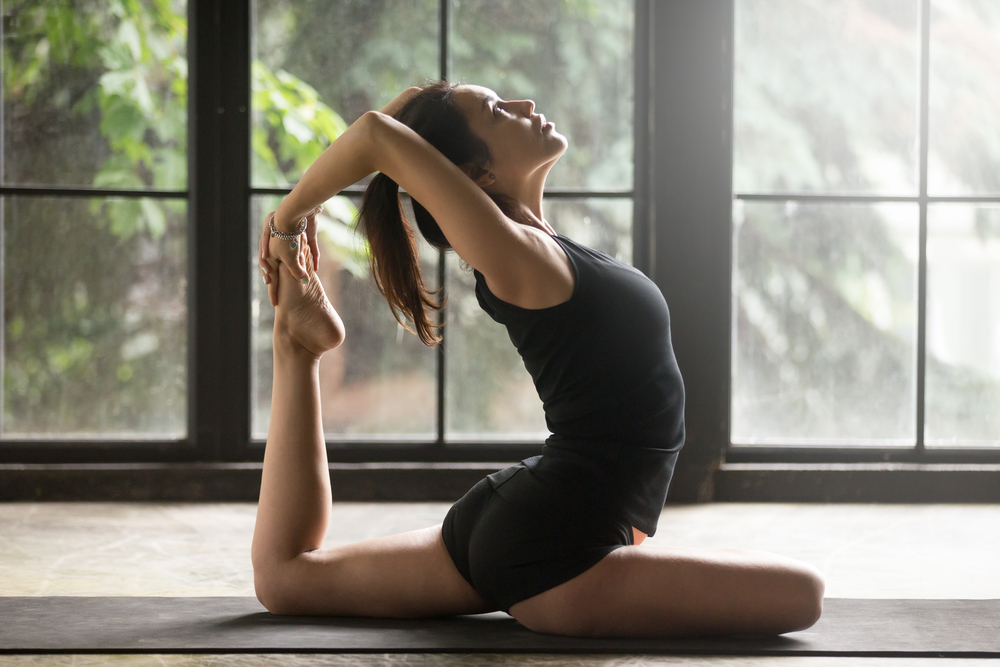
The Sanskrit term “hatha”, which means “force”, is used to denote all other kinds of yoga that are grounded on physical poses. It is a system that incorporates the practice of postures (asanas) and breathing exercises (pranayama). Through this, the body is prepared for a deeper spiritual practices such as meditation.
While Hatha yoga is physically intensive, it is usually conducted in a slower pace so it is a great entry point for beginners.
Vinyasa Yoga
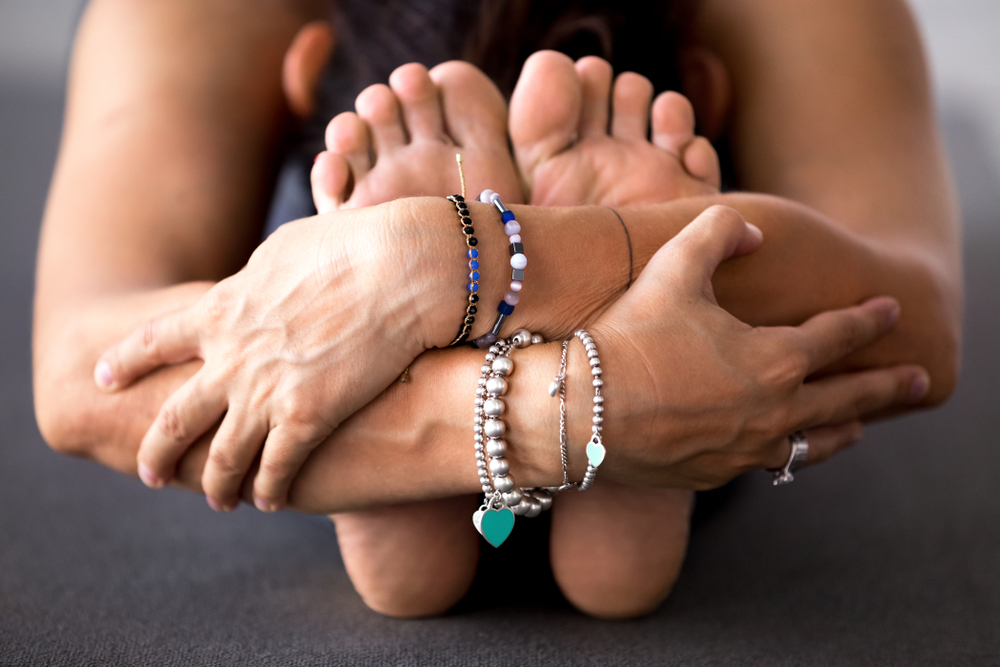
Much of Vinyasa yoga’s core practice stemmed from Ashtanga yoga which is a type of yoga that has a defined series of postures. Vinyasa also relies on this type of seamless transitions from one asana to another, but it differs from Ashtanga in that no two Vinyasa classes are the same.
Often referred to as a “flow”, Vinyasa strings postures together with the breath as an anchor point. Each movement is tied to either an exhale and inhale, fostering a kind of synchronicity. This practice has been shown to help with mental focus, and physical flexibility and strength.
Hot Yoga
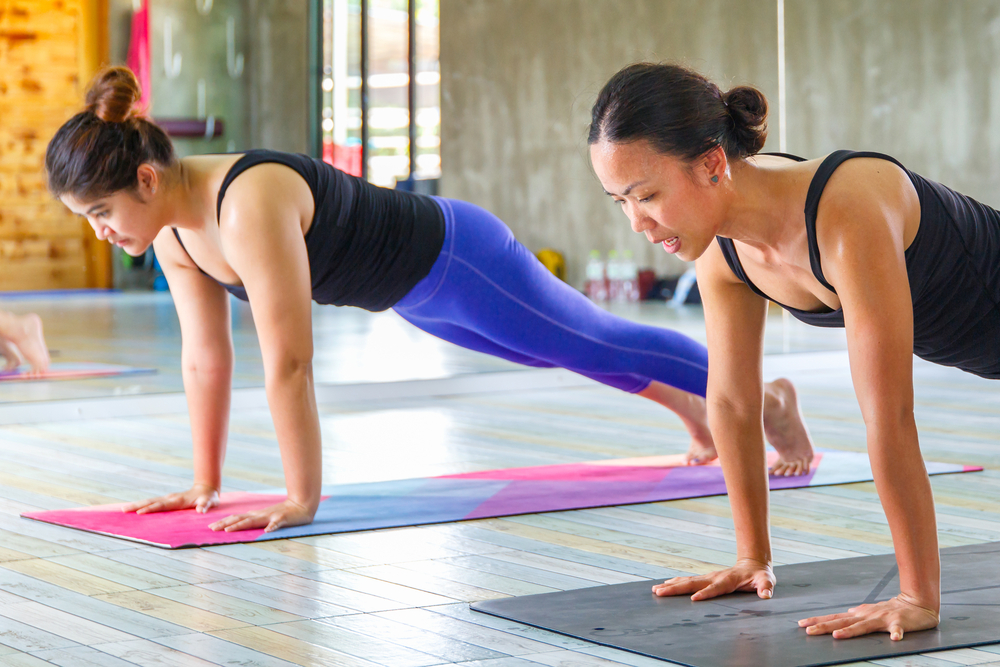
Another type of yoga that leans more toward the physical practice is hot yoga. This type of yoga is performed under hot and humid conditions, resulting into considerable amount of setting. Think of it as yoga inside a sauna. This introduction of “temperature control” aims to mimic the climate of India where yoga originated.
Hot Yoga should be practiced with caution as the humid conditions may cause dehydrations or heat exhaustion. Ease into classes and make sure to drink water to reap the benefits of this practice.
Kundalini Yoga
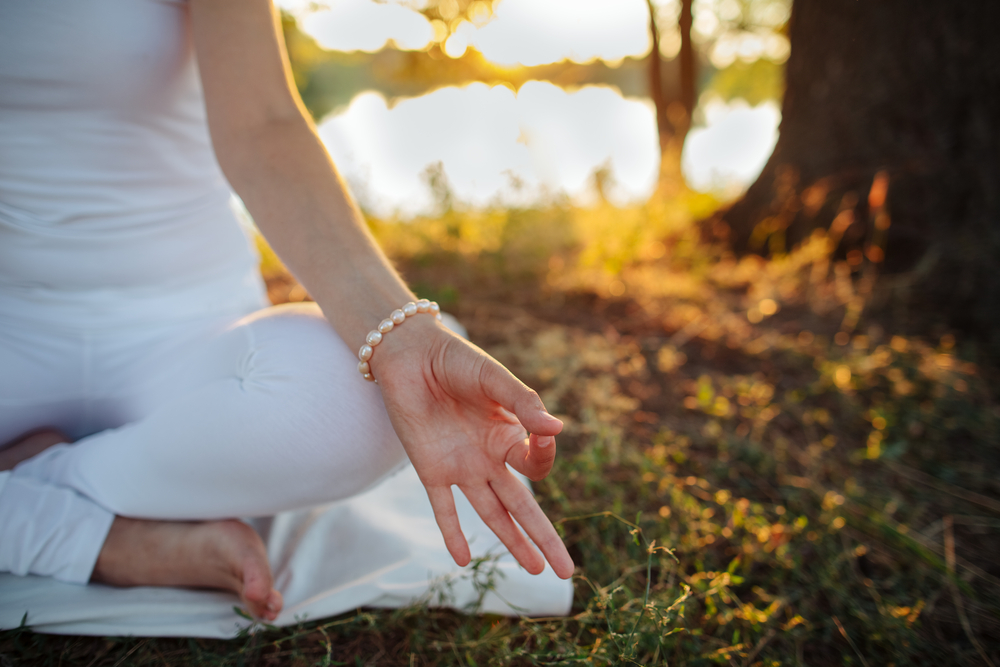
Kundalini yoga leans more towards the spiritual aspect of the practice. The term kundalini refers to the energy that sits at the base of the spine, released by activating the chakras. This energy is often associated with the Divine Feminine.
Along with postures, Kundalini yoga makes use of sound, mantras, and energy healing exercises to help release the body from previous traumas. The goal of this practice is to cultivate emotional resilience, increase consciousness, and build physical vigor.
Yin Yoga

A more gentler and meditative, but similarly powerful, approach to yoga is the practice called Yin. Most yogas are “yang” which means they focus on the muscles, but Yin Yoga incorporates the principles of Traditional Chinese Medicine, focusing more on the deep connective tissues of the body – the ligaments, tendons, and fasciae.
In this practice, poses are held for 45 secs up to five minutes. The aim is to concentrate on inner stillness and universal connectivity all the while releasing tension from the tissues and inviting relaxation. This practice is a great complement to more physical types of yoga.



